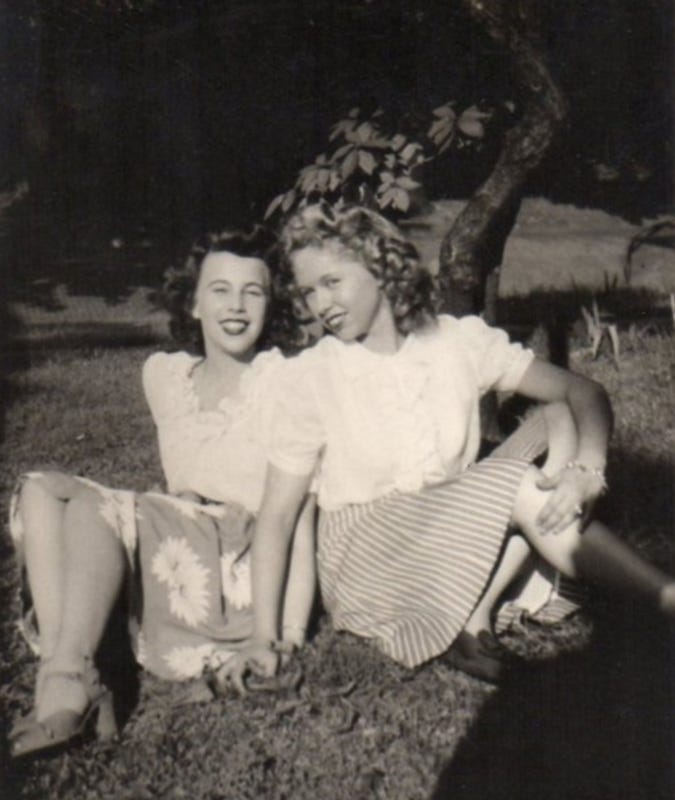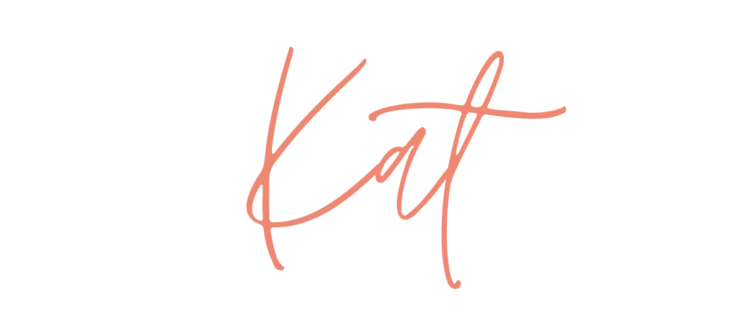That damn word

That damn word
“Very” is an overused word. I think we all know that. But it is so… very… useful in everyday speech.
Luckily, the English language is littered with adjectives that can be used in place of “very”.
The problem is that this little word has a habit of worming its way in when you write, probably because we use it so much when we speak.
There is one very (sorry!) easy way to eliminate it in your writing - something that Mark Twain suggested.
Substitute “damn” every time you’re inclined to write “very”; your editor will delete it and the writing will be just as it should be.
If you don’t have an editor who is willing to remove all your damns, then you can do the modern equivalent and run a search and replace on your text. Tell it to change “very” to “damn” throughout and then scare yourself with how much you’re using that pesky word.
Talking about “very” reminds me of when I was living in Copenhagen and learning Danish. I found myself stumbling over how and when to use the Danish word “ganske”. I asked my boyfriend at the time.
‘Well, it doesn’t really mean anything.’
Not helpful.
I wasn’t convinced, so I looked it up. It had its own full page in the dictionary as it had so many different meanings. (Ultimately, “ganske” means “quite” but it has a whole host of other uses, too.)
What I have been up to recently
I’ve written before about coming to terms with the “shitty first draft”, as Anne Lamott calls it. I joined a seminar recently, where I heard editor Julia Brown refer to “first draft energy”, a phrase that I have decided to embrace.
Right now I can say that I am deep in “first draft energy”, writing scenes up on paper in the evening while re-watching Hinterland. I’m going to claim that it inspires me since one of my characters is Welsh. But actually, it’s just a brilliant crime series.
Anyway, I’ve come to terms with the first draft being what it is. I am thinking of it now as the “bare-bones draft” that simply gets all the action and events down on the page, ready for tweaking and polishing and sharpening up in subsequent drafts.
I’ve accepted that this is the way I write. If I revisit a scene, I invariably find myself adding to and expanding it (and sometimes cutting, too). And that’s fine. It’s what works for me. I’ve made my peace with it, rather than worrying about potentially doing it the “wrong way”.
I’m now at 47,000 words out of a potential 100,000, but I also have a side document of around 19,000 words that I have removed from the book over the past few months after reworking the central part of the plot.
Slowly but surely, I’m getting there, focusing my first draft energy on the shitty bare bones of my story. And I’m really enjoying it. So, cheers to that.

On the editing side, I’ve been working on the developmental editing of a novel set in Stockholm. I’m not going to share too much about it until it’s done and out, but I’m loving getting my teeth into a new book.
There’s nothing better than getting down into the weeds with a book and helping to bring out its best.
And I’ve just heard that the second book in the trilogy that I did a developmental edit of last year should be ready for me in the autumn. I’m looking forward to that and finding out what the characters have been up to.
Podcast news
We’ve had a small podcast hiatus in the past few weeks, but a lot is going on behind the mics, so to speak. Jill, Cecile and I are beavering away to get some new guests lined up and we should be back with a new episode soon (if not,very soon…).
In the meantime, you can check out our past episodes while you wait.
What I’ve been watching recently
I don’t usually write about what I’ve been watching but I felt compelled to after watching the HBO documentary I Blind Tro (Pray, Obey, Kill). The six episodes take a look at a 2004 murder and attempted murder in Knutby, about 90km north of Stockholm, which rocked the country and exposed the inner secrets of a Pentecostal parish in the small village.
Having now watched the whole series, I am left with mixed feelings. In the immediate aftermath of the shootings, the murdered woman’s husband and the family nanny were questioned and, following the confession of the nanny, were arrested and charged. In her confession, Sara Svensson revealed that she was brainwashed into committing the crimes through text messages forwarded to her by Helge Fossmo, who was not only the husband of the murder victim, Alexandra Fossmo, but also the lover of the other victim’s wife. Are you keeping up? Good, but it only gets more complicated from there: Helge’s first wife had also died in mysterious circumstances in the same house and Helge had previously had a relationship with Sara, which had ended when she attacked Alexandra with a hammer.
Helge was also having a relationship with Åsa Waldau, a charismatic woman preacher who held sway over the parish congregants. She believed herself chosen to be Kristi Brud (the Bride of Christ). She was also the older sister of Alexandra Fossmo.
In July 2004, Helge received a life sentence for the murder and attempted murder, while Sara was committed to psychiatric care.
The HBO documentary tells the story of the crimes, the police investigation and the subsequent media storm that swept over Sweden. However, that’s where the red thread of the documentary ends. It is only about halfway through the fifth episode that the two journalists making the documentary turn their gaze on to Åsa Waldau and from the point, they investigate exactly how involved Kristi Brud was in instigating the crimes. The problem is that they don’t really ever reach much of a conclusion, despite getting interviews with Sara, Helge, and a number of the other leading congregants at the time.
It almost feels as if they started without having Åsa’s involvement as their goal. In fact, in the first episodes, it is hard to see what their aim is. The whole story is fascinating and troubling, so it proved quite disappointing to sit through almost six hours, only to not fully understand what the point of the exercise had been.
If I compare this with the excellent Utredningen (The Investigation), a dramatization of the investigation into the murder of Swedish journalist Kim Wall, I Blind Tro falls far short. I know that you shouldn’t compare a documentary with a dramatization, but to me, there should have been far more similarities between these two and the way that they handled the cases, and there wasn’t. Sadly, I felt that this documentary left me with many more questions than it answered.
If you’re interested in learning more about what went on in Knutby (because there was so much more than I was able to cover here in a few hundred words), then you can always check out these: [An academic approach, looking at the text messages sent to Sara Svensson].(https://www.oii.ox.ac.uk/archive/downloads/research/cybersafety/papers/robert_burnett.pdf) The bare bones of the case on Wikipedia And a somewhat more comprehensive look
However, if you can read Swedish (and don’t already know about the case), then there is a wealth of information available online.
What I’ve been reading recently
It’s been a while since I wrote about what I’ve been reading, but some corkers have been on my bedside table recently, so I thought it was about time.
A Man Called Ove - Fredrik Backman: Confession time, I didn’t read this in English, but I have heard others rave about the English version, so I think it’s okay to include it here. I read it in Swedish and it was brilliant. I laughed, I guffawed, I cried.
Margaret The First - Danielle Dutton: I read this for a historical fiction book club that I am part of. All of us had similarly mixed feelings about this book. I found it a beautifully lyrical book that made me want to know more about Margaret Cavendish, but I would have preferred it to focus on one main period of her life (the time when her books were published, for example), rather than trying to cram her entire life into so few pages. But it has left with me a desire to read Margaret’s books.
Such A Fun Age - Kiley Reid: I’ve wanted to read this since I heard Kiley Reid interviewed on a podcast, and I was not disappointed with this, her debut novel. Emira, a young African American woman, takes her babysitting charge to the supermarket one night, where a white security guard accuses her of having kidnapped the child. This book plunges you into the story of Emira; the wealthy white woman she works for, Alix (pronounced A-leeks, which speaks volumes); Kelley, a white guy who witnesses the incident; plus Emira’s friends and Alix’s, women who are poles apart. This book was a warm, fascinating and gripping read.
The Mercies - Kiran Millwood Hargrave: Another historical fiction pick, I’m afraid (there’s been a lot of these recently, as I’m sure you can imagine). Set in 17th century Norway, the story follows the women of Vardo in the aftermath of a storm that kills all the adult male inhabitants of the town. The arrival of a new commissioner and his wife on the island has devasting consequences for the women. This book plunges you right back in time and place and races along, right up until the final couple of chapters, which, I felt, fell a little flat. But it was still worth the journey.
And one last one, another historical fiction read (#sorrynotsorry) - Small Pleasures - Clare Chambers: This was recommended to me by a former colleague and by my co-historical fiction book club host (that’s a mouthful…) and I couldn’t have loved it more. I felt as if I was cycling the suburbs of south east London with Jean Swinney as she investigated the mystery of a possible virgin birth. I adored this book. I would happily read it all over again.
There you have it: a few of my recent reads, heavily skewed towards the historical - my happy place.
Do you record what you read? Book reading challenges are growing increasingly popular, as this article investigates.
How about you? Do you have a target for how many books you read each year?
Until the next time,

Was this newsletter forwarded to you? Click to subscribe.
If you like this newsletter, you can buy me a virtual coffee - coffee always keeps me going ☕
If you’d like to get in touch, please do ping me an email.




